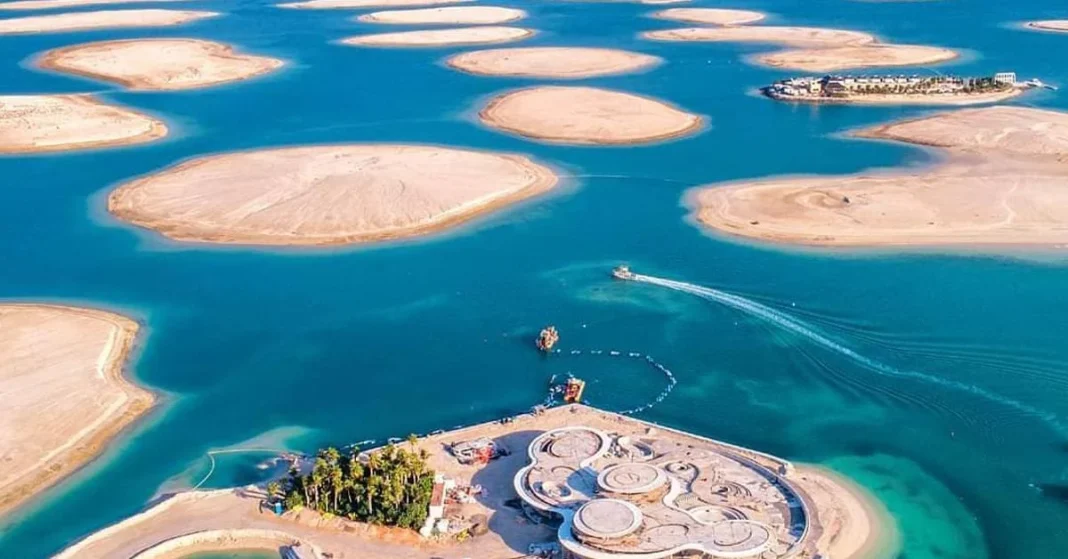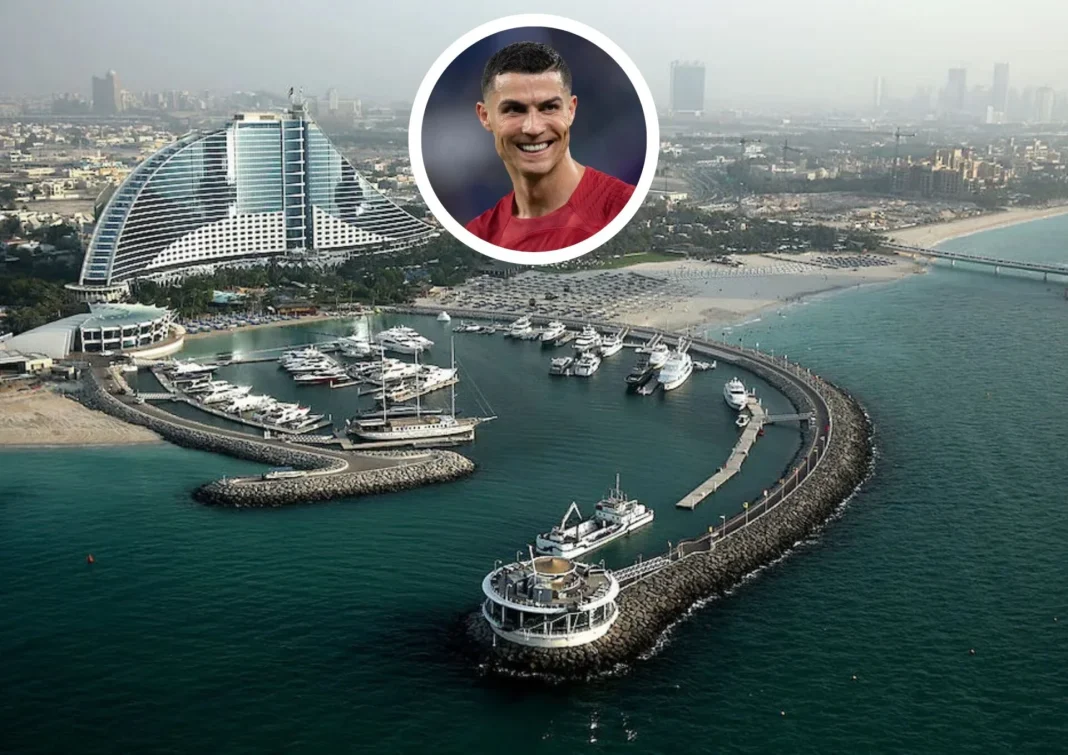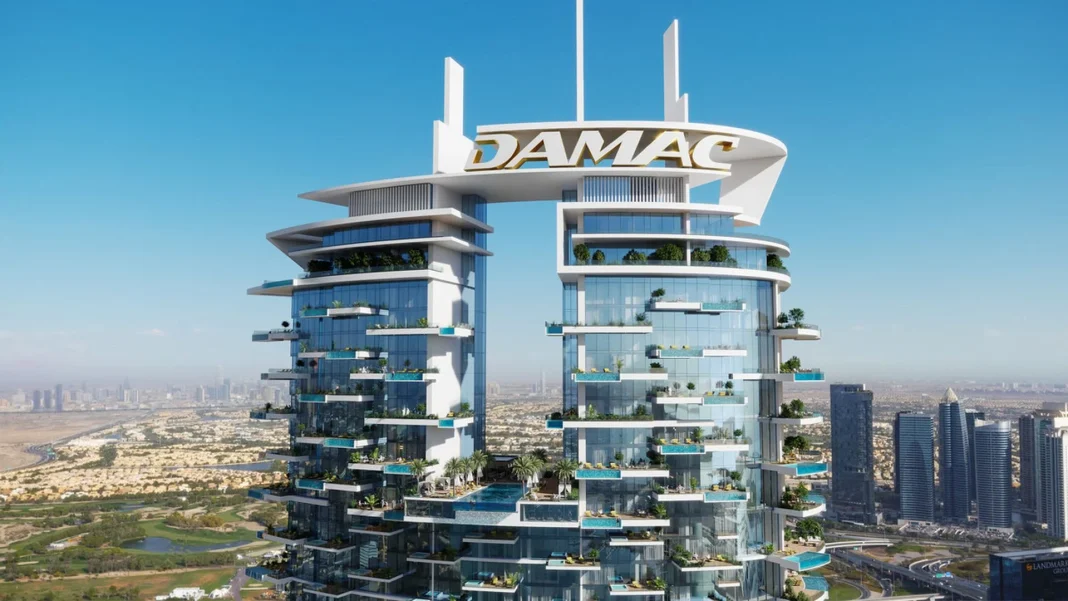Dubai, one of the richest cities in the United Arab Emirates, has stood out in recent decades for its impressive architectural and urban projects. With the ambition of becoming a global benchmark, the city undertook the construction of real estate megaprojects that pushed the limits of engineering. However, after years of investment and effort, many of these developments have been abandoned and are at risk of disappearing.
Among these projects are “The World” and “Palm Jumeirah,” two initiatives that sought to reclaim land from the sea and offer exclusive artificial islands to the wealthiest individuals on the planet. Although they initially generated great excitement and promises of unprecedented luxury, the current reality is that hundreds of islands remain deserted and are on the verge of sinking into the Persian Gulf.
THE WORLD: THE MAP OF ISLANDS THAT NEVER WERE
In 2003, “The World” was officially presented, an ambitious project that aimed to recreate a world map using artificial islands off the coast of Dubai. The idea was that, when viewed from the air, these islands would form the continents and countries of the planet, creating a unique land map in the sea. Buyers could purchase their “own country,” such as Russia, Argentina, England, or Australia, and build exclusive mansions there.
To carry out this colossal endeavor, an initial investment of $12 billion was required. A total of 321 million cubic meters of sand and 386 million tons of stone were used, creating a total area of 54 square kilometers distributed across approximately 300 islands. The goal was to attract the global elite and position Dubai as the epicenter of luxury and exclusivity.
However, in 2008, the global financial crisis severely impacted the real estate sector. Although 60% of the islands had already been sold, the project was halted, and investors began to withdraw. Since then, “The World” has remained unfinished, with the islands abandoned and no clear prospects for revival.
PALM JUMEIRAH: THE PALM-SHAPED ISLAND THAT PROSPERED
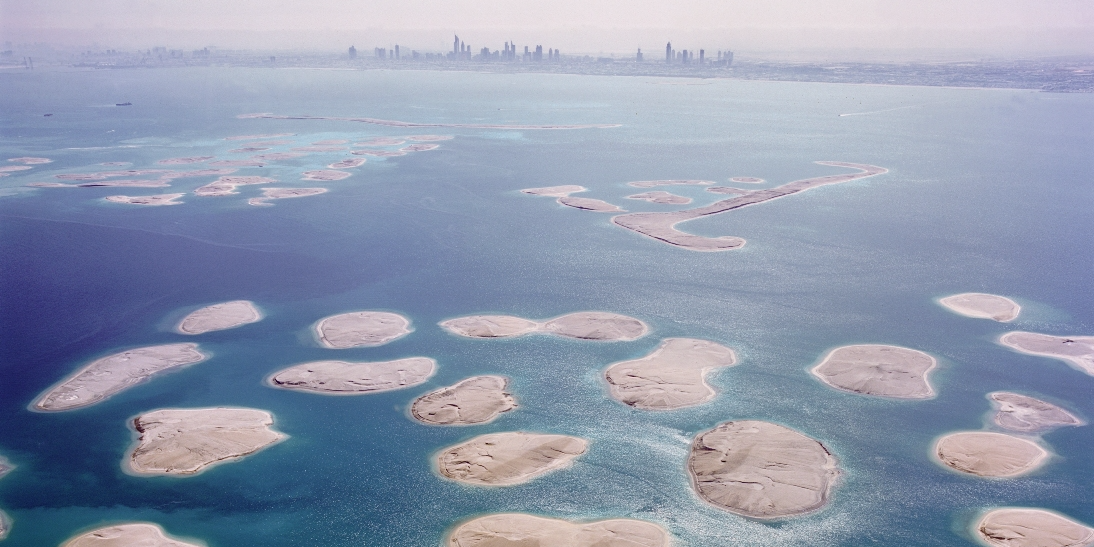
Before “The World,” Dubai had already amazed the world with “Palm Jumeirah,” introduced in 1999. This project involved the construction of an artificial island in the shape of a palm tree, designed to host luxury hotels, exclusive residences, and entertainment centers. With the goal of diversifying its economy beyond oil, the United Arab Emirates sought to attract tourism and foreign investment.
“Palm Jumeirah” was developed quickly and became an iconic symbol of Dubai. It includes renowned hotels, high-end residences, shopping centers, and recreational spaces, all in an environment that combines modernity and luxury. Satellite images clearly show the palm tree shape, confirming the architectural success of the project.
Unlike “The World,” “Palm Jumeirah” managed to overcome the economic difficulties of 2008 and continue its growth. Today, it is a well-established tourist destination and a testament to Dubai’s achievements in urban planning and development. However, it has also faced criticism for its environmental impact and the challenges of maintaining such a massive construction in the sea.
ABANDONED ISLANDS: THE LEGACY OF A BROKEN DREAM
The abandonment of “The World” has left a desolate landscape off the coast of Dubai. The islands, uninhabited and lacking maintenance, face natural deterioration and the constant threat of sinking. The breakwater that once protected the complex is deteriorating, worsening the situation and putting the integrity of the structures at risk.
This scenario contrasts with the original vision of creating a luxury world map for the global elite. The project’s halt not only resulted in multimillion-dollar losses but also dealt a blow to Dubai’s image as a hub of innovation and real estate development. The reasons behind the failure include not only the financial crisis but also a possible overestimation of the market and the real demand for such properties.
Meanwhile, authorities and developers face the challenge of deciding what to do with these abandoned islands. Restoring and revitalizing the project would require colossal investments with no guaranteed success. For now, “The World” remains a reminder of the risks associated with real estate megaprojects.
ENVIRONMENTAL IMPACT AND LESSONS LEARNED
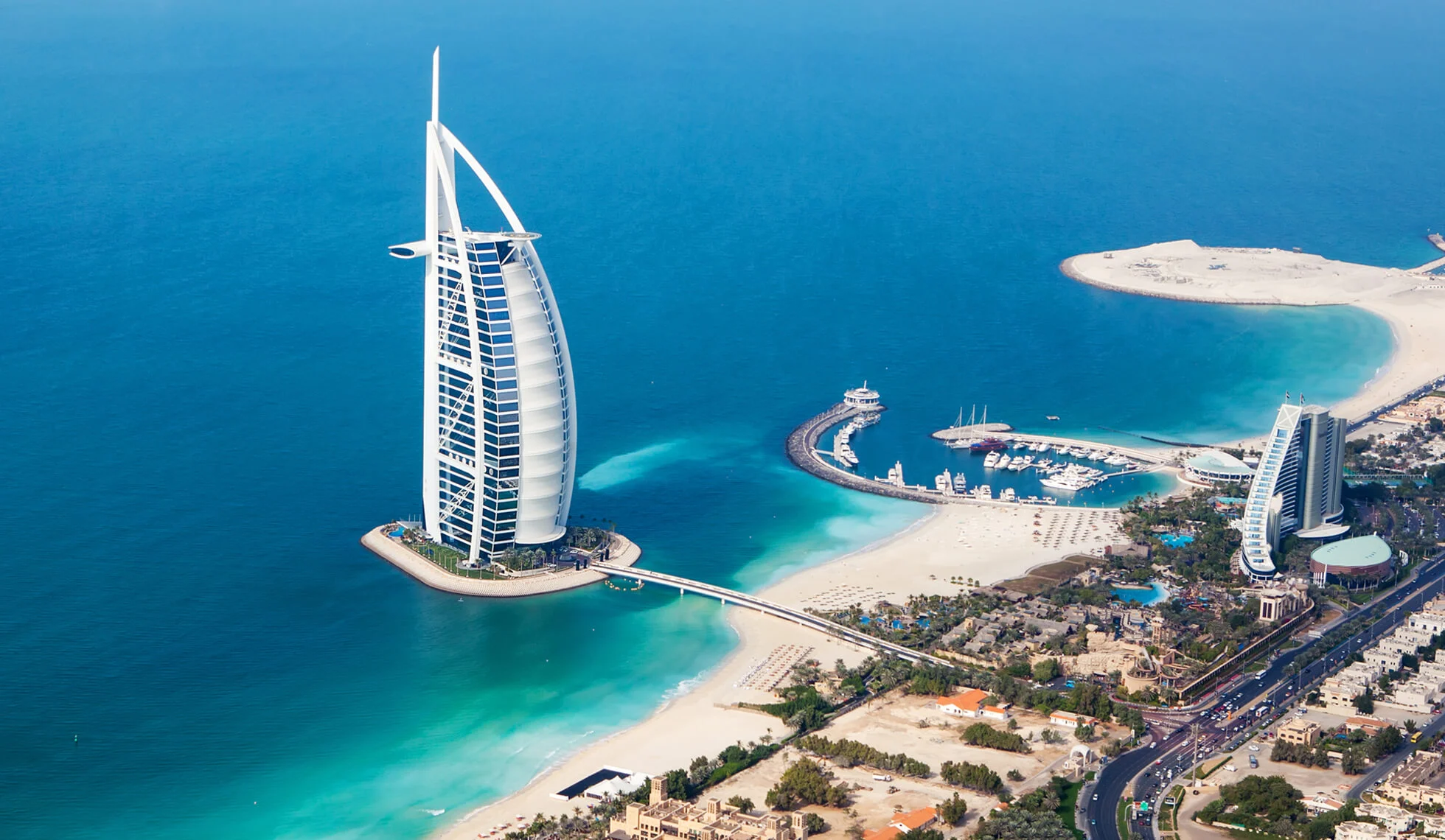
The artificial island projects in Dubai have also raised concerns about their environmental impact. The alteration of marine currents and interference with local ecosystems are direct consequences of these constructions. Coastal erosion and changes in marine life have been subjects of study and debate among experts and environmental organizations.
“Palm Jumeirah,” despite its commercial success, has also faced criticism for these reasons. The need to maintain and protect these structures in the sea presents ongoing challenges, both economically and environmentally. The balance between development and sustainability emerges as a key issue for the future of such projects.
The abandoned islands of “The World” provide an opportunity to reflect on the lessons learned. Urban planning and real estate projects must consider not only economic viability but also long-term environmental and social impact. Dubai, with its drive for grandeur, now faces the challenge of redirecting its efforts toward more sustainable and responsible development.

